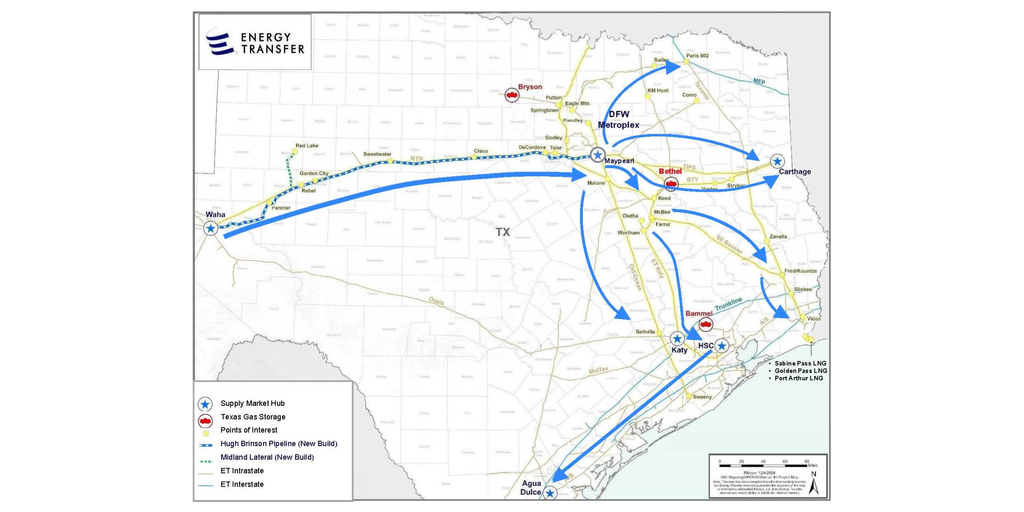Sign up for daily news updates from CleanTechnica on email. Or follow us on Google News!
Bruised and battered Tesla is still hanging onto a hefty slice of the global electric vehicle market, but the competition is heating up, and the Chinese firm Nio aims to be front and center. The company has just made good on its promise to launch the affordable L60 SUV this year under its Onvo brand with battery-swapping available, a technology that Tesla once favored but has since fallen out of love with.
Here Comes A (More) Affordable Electric Vehicle, With Battery-Swapping
Electric or not, the car affordability situation is somewhat complicated here in the US, where personal finance issues, the availability of ride-sharing, and a growing appreciation for alternative transportation are all turning yet another generation of drivers away from from owning a personal car. One concerning statistic is the ongoing drop in the proportion of teenagers getting their driver’s license.
No matter how inexpensive a car is, it’s still an expense, and for many US adults it can be an avoidable expense. Still, global automakers like Nio anticipate that cutting the cost of an electric vehicle is going to boost their sales figures, which is a pretty reasonable bet as long as the population of drivers continues to increase, and that brings us to the new ONVO L60 electric sedan.
CleanTechica has spilled plenty of ink on Nio, but the L60 news somehow skipped under the radar, so let’s turn to our friends over at CNBC for some catch-up. On September 19, CNBC reporter Evelyn Cheng reported that Nio’s Onvo brand will begin delivering the new L60 electric SUV on September 28th for as low as $21,000 (149,900 Chinese yuan), but there’s a catch.
The lowest price for the L60 does not include the battery, which is available for a monthly subscription of about $1,000 per year (599 yuan) according to Cheng’s reporting.
If you want to own the battery as well as the car, expect to pay more, starting at $29,330 (206,900 yuan). Still, Cheng points out that 206,900 yuan beats 249,900 yuan, the cost she cites for a Tesla Model Y.
Cheng also notes that the L60 beats the least costly Tesla vehicle, the Model 3, which is going for 231,900 yuan in China even after a price cut earlier this year.
As for getting your hands on a low-cost electric vehicle from China, keep an eye on those tariffs. If you’re in the US or EU markets, for example, you may end up paying a premium for that Onvo L60. As of this writing, the US market is not in Nio’s sights. In that case, why not just check out the popular Chevy Bolt or some of the other less expensive made-in-the-US electric vehicles.
If you’re not in a hurry to buy a new car, stick around for the results of Ford’s secret, not-so-secret “skunkworks” project, aimed at launching a new affordable electric vehicle into the US market within the next couple of years.
Battery Swapping & Electric Vehicle Affordability
Speaking of both Tesla and battery swapping, Tesla CEO Elon Musk began dropping word about a forthcoming battery-swapping operation all the way back during the Obama administration, but by 2014 little had materialized and the effort was mothballed.
That doesn’t mean it was a bad idea, though. Battery packs are far and away the most expensive part of an electric vehicle, and today’s generation of EV batteries can long outlast the car itself. That leaves EV owners with an expensive, still-functioning battery inside of a more or less beat-up old car after years of ownership.
That maybe fine with some drivers, but my guess is that fleet managers, business owners, and gig workers who depend on a vehicle would prefer to keep their wheels looking new and up to date.
That could explain why Nio and other automotive stakeholders have picked up the battery-swapping ball, banking that drivers would forego the opportunity to own a battery outright if the up-front cost of the vehicle is lower. Maybe so. Tesla was not the only swapping-curious company to fail at the experiment in the early 2000s, but the technology has matured, the swapping industry is growing, and there are benefits (see more battery-swapping background here).
A modern swapping station can change a battery in about the same time, or less, that it takes to fill up a gas tank or blast an electric vehicle battery at a fast-charging station. That’s important for everyday drivers and electric vehicle fleet managers, as well.
Nio emerged as an early leader and now claims that 70% of its buyers go for the “battery as a service” option. No word yet on whether or not the practice will catch on here in the US, but the California-based battery-swapping startup Ample recently hooked a deal with Stellantis, so stay tuned for more on that.
Oh, So That’s Why Ford Gave Up On Electric Vehicles (Not)
The latest news from Nio validates the thinking among US electric vehicle makers like Ford, which has been taking some heat for scaling back on 100% electric drive to focus more attention on core strengths in the US market and elsewhere, including hybrids as well as electric pickup trucks and delivery vans.
That skunkworks project may (or may not) shepherd a new series of affordable electric sedans into Ford’s portfolio. In the meantime, the focus on pickups and vans reflects public sentiment in the US favoring larger vehicles and working vehicles. That, in turn, reflects the continuing strength of the gig economy and the small business sector, where working vehicles actually do some work instead of just picking up the groceries.
“Americans are finding it an especially good time to start a small business,” the Treasury Department noted on September 24, crediting the recent fall0ff in Covid-related inflation with stimulating optimism.
“Multiple measures of business optimism show substantial increases in recent months. More than 70 percent of small business leaders expect revenues to grow over the next year, the most since the pandemic,” the Treasury Department continued, nothing that “the United States is averaging 430,000 new business applications per month in 2024, 50 percent more than in 2019.”
“The subset of applications for businesses most likely to hire employees has also risen to 140,000 per month, 30 percent more than in 2019,” they added for good measure.
Just a wild guess, but the number-crunchers at Ford and other automakers have been keeping an eye on those notes from the Treasury Department.
Still, despite the enduring popularity of larger vehicles in the US, some automakers are looking to tap into an undercurrent of desire for smaller electric cars. The US startup TELO Truck has an approach that combines a work/play electric vehicle into one tiny package inspired by Japan’s “kei” cars, so stay tuned for more on that.
Follow me via LinkTree, or @tinamcasey on Threads, LinkedIn, and Instagram.
Photo (cropped): The Chinese automaker and battery-swapping enthusiast Nio is adding the new L60 electric car to its electric vehicle lineup under the Onvo brand (courtesy of Nio).

Have a tip for CleanTechnica? Want to advertise? Want to suggest a guest for our CleanTech Talk podcast? Contact us here.
Latest CleanTechnica.TV Videos
CleanTechnica uses affiliate links. See our policy here.
CleanTechnica’s Comment Policy





